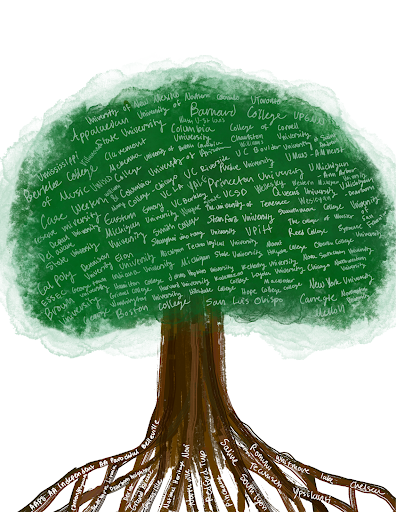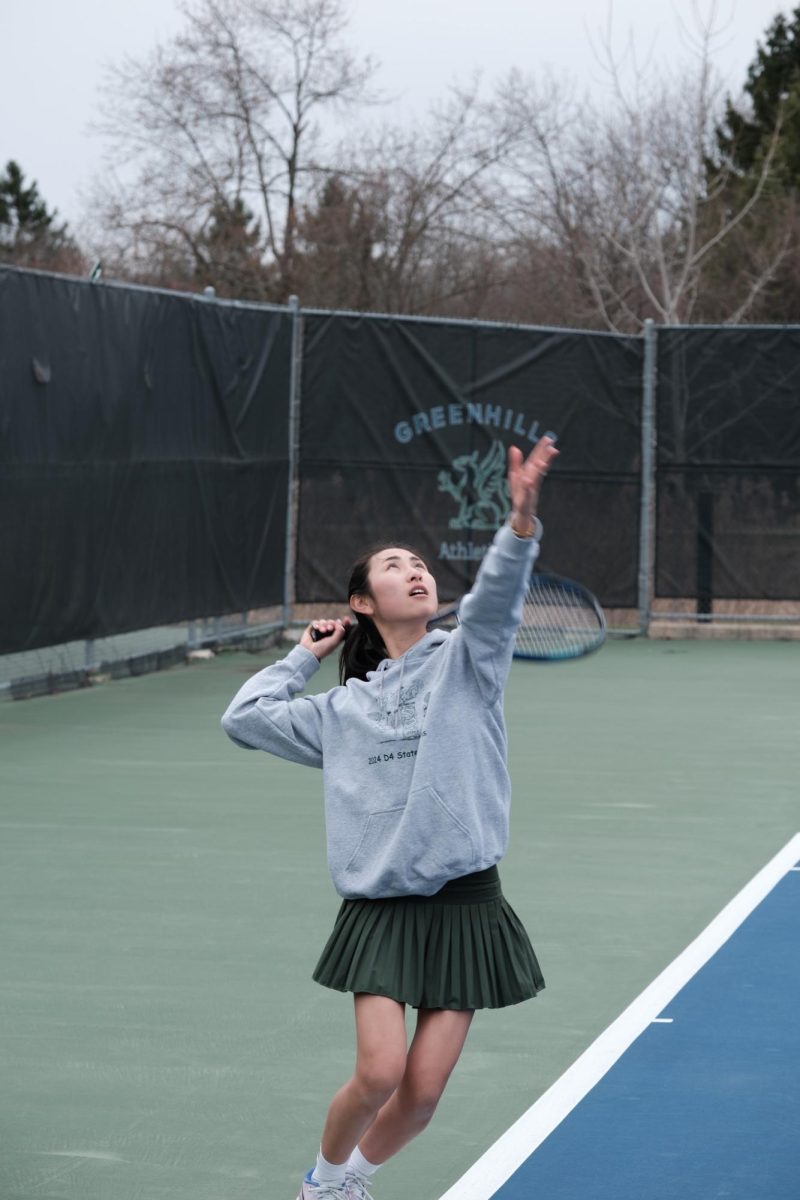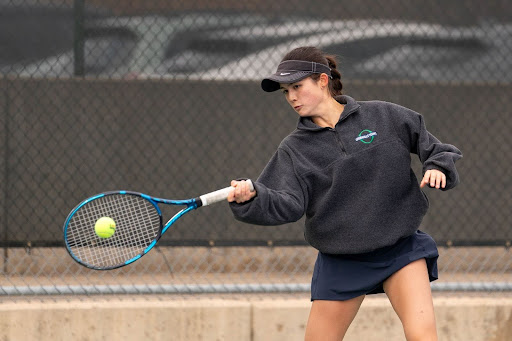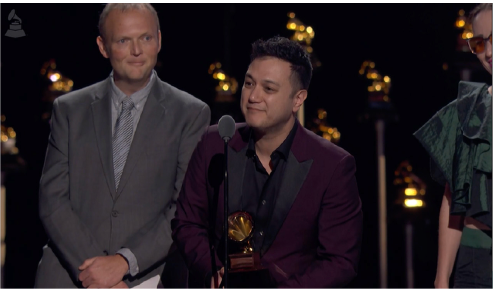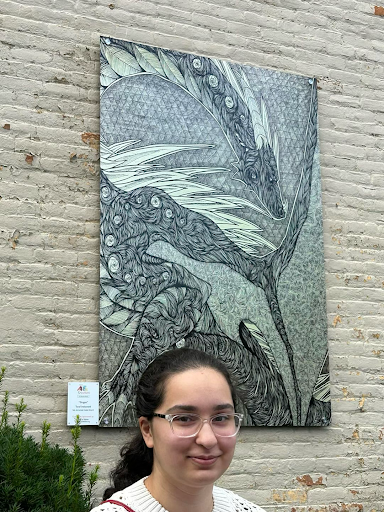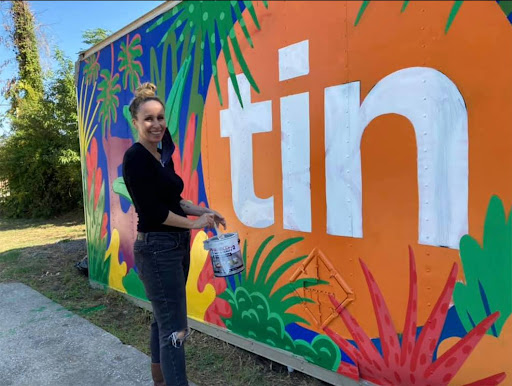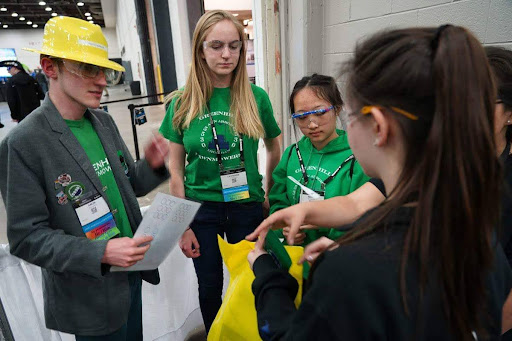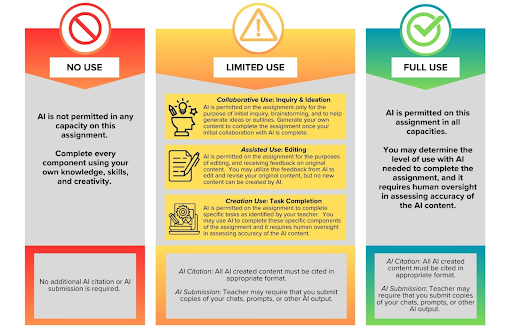In a time marked by political division and heightened emotions, educators at our school are taking proactive steps to ensure that students engage thoughtfully with the upcoming elections. When this election cycle started nearing, former Associate Head of School Quincy McLaughlin and Director of Teaching and Learning Jenna Goldenberg came together to assemble a task force to deal with the heightened political climate.
“We really wanted to get some good brains together to kind of have one centralized group of faculty that could kind of have an eye on election programming across classes across the school,” said Goldenberg.
They brought in people from throughout the school to create a group of diverse and politically engaged faculty.
“So we thought about whose expertise we wanted to tap,” said Goldenberg. “Karin Scott came in as the leader of the History Department. Dr. Lund filled the role of our politics expert. Peter Fayroian joined as the head of school and I helped out as the Director of Teaching and Learning with an eye towards institutional practices.”
While this wasn’t the first time a task force was assembled to deal with our modern day politics, this is the most concrete plan.
“This was done before for the past few elections,” said Goldenberg. “But this time, it was more solid. I actually think this would have been just as important if not more the last election cycle. I think in the past we have had teachers and administrators bring in thoughtful speakers and do thoughtful programming. As our school is growing and as we bring in more talented faculty, it seemed like a good time to formalize it for our group.”
One thing that is constantly shifting in the political landscape is how polarized our climate is. For the task force it’s not only crucial to look outwards into the way society is handling it but also looking internally to how the student body is dealing with these issues.
“This is a time of extreme polarization in our country and these political issues are particularly charged,” said Goldenberg. “We wanted to make sure we were taking care of all the people in our community to help lead them through that time that feels informative and empowering in a safe and supportive environment.”
Goldenberg also shares the fine line they have to walk between keeping kids engaged in democracy while also not imposing their own personal beliefs in their lessons.
“I think it’s really challenging,” said Goldenberg. “One of the things we did as a faculty was we met together and looked at the research around best practices for teachers to take when dealing with what we call ‘hot moments’. If we are leading a discussion in class and a student says something that maybe contains misinformation or reacts to what another student says, we are trained on how to deal with those moments.”
As the Director of Teaching and Learning, Goldenberg went through lots of research to ensure they were handling these tense topics in intelligent and thoughtful ways.
“We used research from the Close Up Foundation which specializes in civil discourse. One of the most important things we found is what kind of environment you are creating. Is it a space that values students’ voices? Is it a place where students are supportive of others? I teach my students the concepts ‘We are humans before scholars.’ and ‘Be more curious than certain.’”
[Karin] Scott agreed with Goldenberg. When designing the curriculum, Scott made sure to keep this in mind.
“We are just teaching the facts,” said Scott. “There are resources for us to be able to show students both perspectives. That’s why it was so important for us to lay out the policies of each political party so students knew what those parties were trying to achieve.”
Scott took a lot of time setting up the election specific curriculum that was taught in history courses throughout the high school and middle school.
“We thought about what we wanted students to know as they watched the election results come in on November 5th,” said Scott. “We thought about what skills we wanted these students that ranged from 6th to 12th grade, to have. Media bias is such an important part of the political landscape right now as well as learning about the candidates themselves and the party platforms they are running on. And lastly something that was important to us was how elections work and the electoral college’s role in the presidential election.
Students across the entire school have taken part in the first segment of the election lessons. This lesson focused on discerning disinformation through the website AllSides.
“This activity really changed my perspective on how I look at social media,” said Rowan Tindell ‘26. “Most of the time I just look at the headlines instead of reading the entire story and this lesson showed me how much the headline could change based on the news source.”
An addition to the task force was Director of Civic Engagement Alyssa Friendly. She joined to offer a different perspective on how students could get involved with the election and politics in general.
“One big one that we are trying to promote is being a poll worker,” said Friendly. “It is an awesome chance for students to not only earn a little bit of money, but also gives them an opportunity to be on the front lines. Something that should be noted though is there is some training you have to do ahead of time so be sure to reach out to me if you are interested. Another way some students are getting involved is through political campaigns in the local area. I think this is a super rewarding and unique experience.



